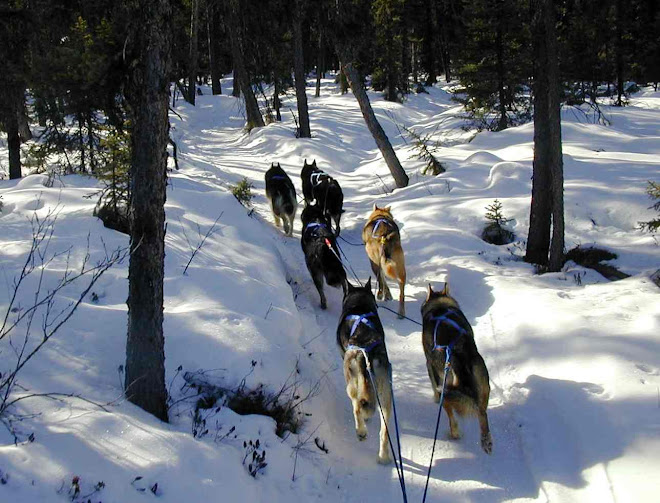As I noted at this time last winter (Sunshine...1/1/14), the winter solstice in Alaska is not just a time of short days and cold weather. The low angle of sun (it rises just over 2° above the horizon) makes for fantastic sun rises and sunsets. Since the day length changes only a few seconds per day during mid December, these short day sunsets occur for several weeks. As noted here:
"December may be marked by Christmas, but for pagans it’s the time to celebrate Yule holiday. This ancient event marks the winter solstice in the Northern Hemisphere (Sunday, Dec. 21, this year) and celebrates the rebirth of the sun and beginning of winter. It is one of the oldest winter celebrations known.
The winter solstice is the longest night and shortest day of the year. The Earth’s axis tilts the furthest away from the sun at 23-and-a-half degrees, giving all locations north of the equator less than 12 hours of daylight. This moment has been marked by mankind for centuries. Celebrating the rebirth of the sun can be seen in other cultures throughout history. While these typically took place during the coldest, darkest days of the year, winter solstice traditions were celebrations that gave people hope sunny days lay ahead.
In ancient Rome, the weeklong feast of Saturnalia honored the sun god Saturn. Celts believed the sun stood still for 12 days, making it necessary to light a log fire to conquer the darkness. During the Iron Age, the Celts and other ancient Europeans welcomed the winter solstice by feasting, merrymaking and sacrificing animals." (http://www.ibtimes.com/winter-solstice-2014-3-things-know-about-pagan-yule-celebrations-1763756). Now a days, people still celebrate the Christmas holiday by decorating trees, hanging wreaths, and burning yule logs, not realizing they're carry-overs from these ancient pagan rites.
Here's some photos taken during solstice week:




